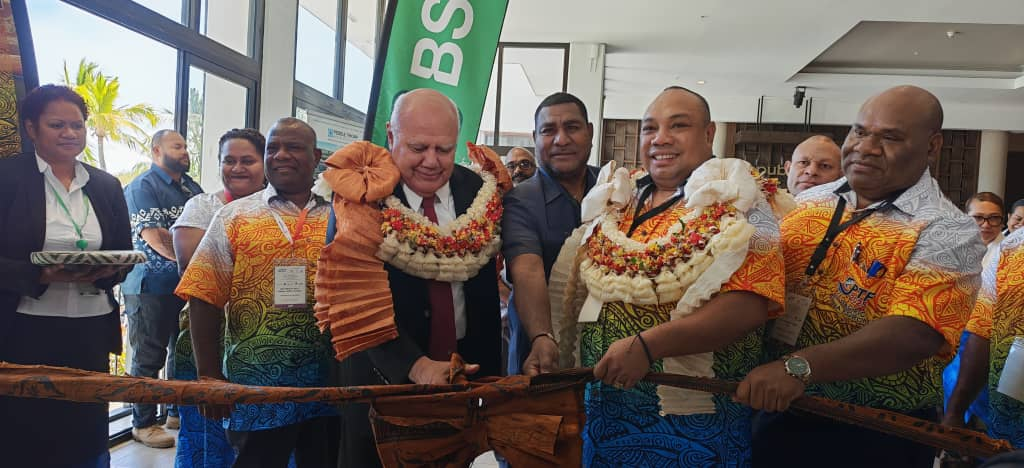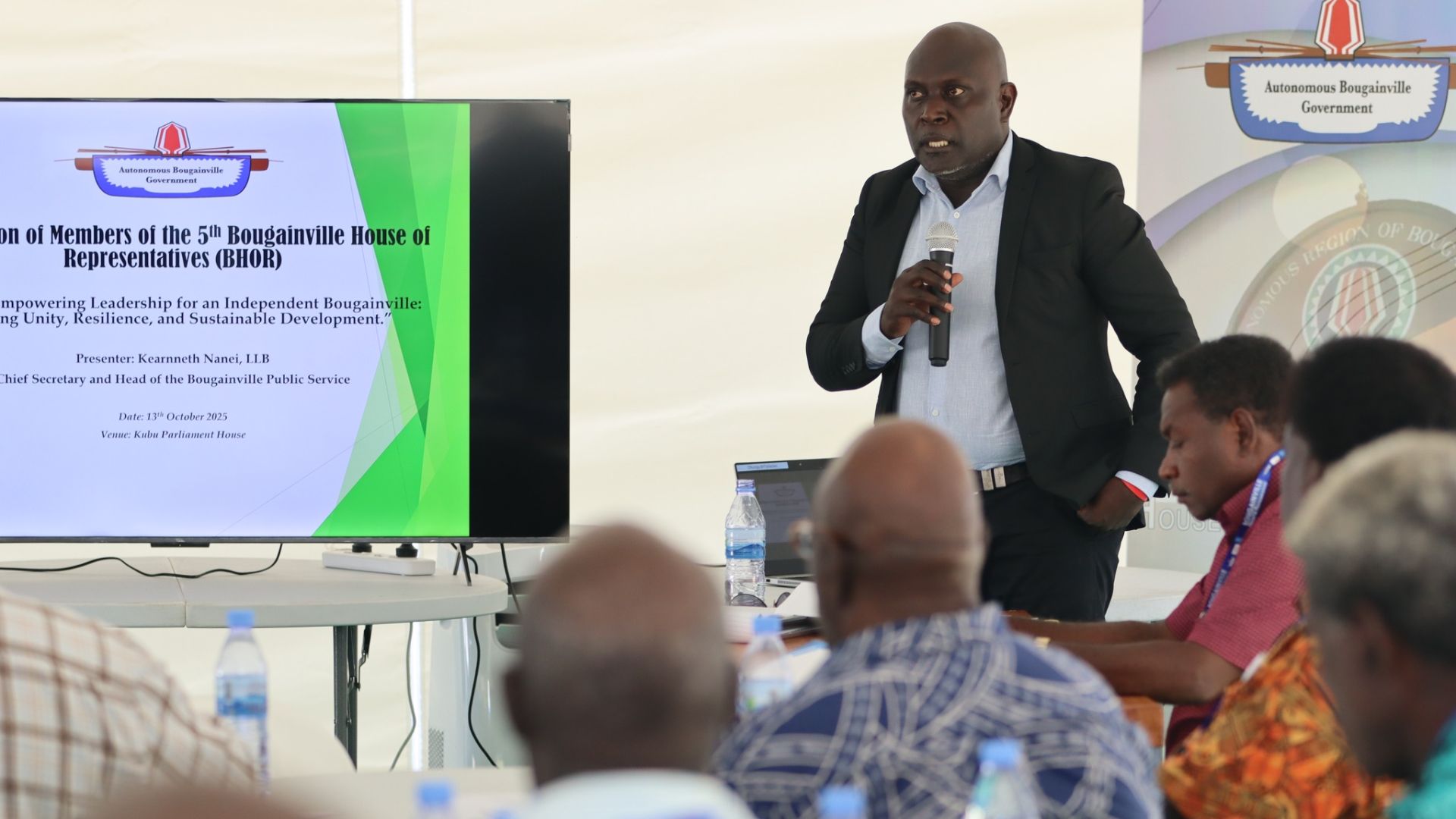The Japan International Cooperation Agency (JICA) was pleased to attend the First Joint Coordinating Committee (JCC) Meeting for the Public Investment Managment Project in Papua New Guinea.
JICA Chief Representative Matsuoka Hideaki said this Technical Cooperation Project, the Public Investment Managment Project in Papua New Guinea commenced in the last quarter of 2024 based on the Record of Discussions between Department of National Planning and Monitoring (DNPM) and JICA that was signed in August last year.
“The project aims to enhance the efficiency and transparency of public investment by strengthening capacities in making project proposals, appraised and selection, and monitoring and evaluation of investment projects in accordance with the Public Investment Program (PIP) Managment Guidelines, which was developed in the former phase of JICA PIM Project.
Looking back at the history of Public Investment Managment, we all can understand the significance of this project. In the Papua New Guinea Development Strategic Plan 2010-2023, PNG aims to become a middle-income country by 2023, and the PNG Vision 2025 sets a long-term goal of becoming one of the top 50 countries in the Human Development Index 2025.
To materialize these visions and strategies, the government of PNG sets out a Medium-Term Development Plan every 5 years, identifying the projects with strategic importance over long-term socio-economic growth of PNG. Within this context, good management of public investment is crucial to achieve these goals, making the foundation of public services and fostering economic growth,” Mr. Matsuoka said.
Mr. Matsuoka said there are many challenges to tackle to implement the PIP in an efficient and effective manner.
“Therefore, we have been implementing this project in collaboration with the government of PNG and JICA. As a result of this project, we can expect the following improvements.
As the formulation of a project and proposed stage, the line departments of PNG Government will follow the Public Investment Managment Guidelines, so that the costs and benefits of projects become clearer, and the assessment and selection of projects will be done through more objective and transparent ways.
Selected investment projects will be implemented in a consistent manner with updated reports in every three quarters and physical and financial progress will be monitored with Transparency,” he said.




